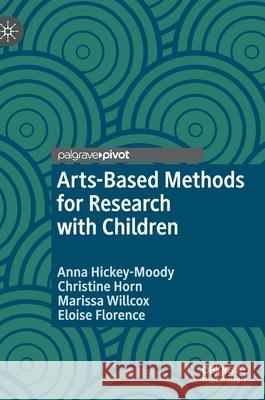Arts-Based Methods for Research with Children » książka
topmenu
Arts-Based Methods for Research with Children
ISBN-13: 9783030680596 / Angielski / Twarda / 2021 / 149 str.
Kategorie:
Kategorie BISAC:
Wydawca:
Palgrave MacMillan
Seria wydawnicza:
Język:
Angielski
ISBN-13:
9783030680596
Rok wydania:
2021
Wydanie:
2021
Numer serii:
000401213
Ilość stron:
149
Waga:
0.35 kg
Wymiary:
21.01 x 14.81 x 1.12
Oprawa:
Twarda
Wolumenów:
01
Dodatkowe informacje:
Wydanie ilustrowane











